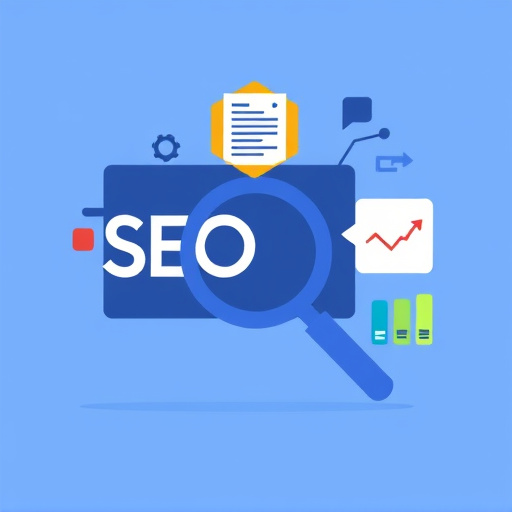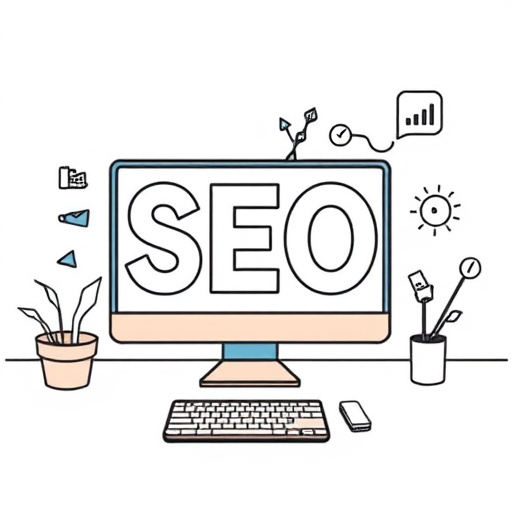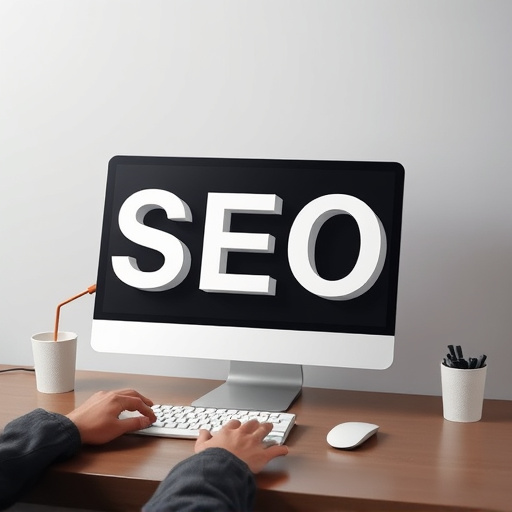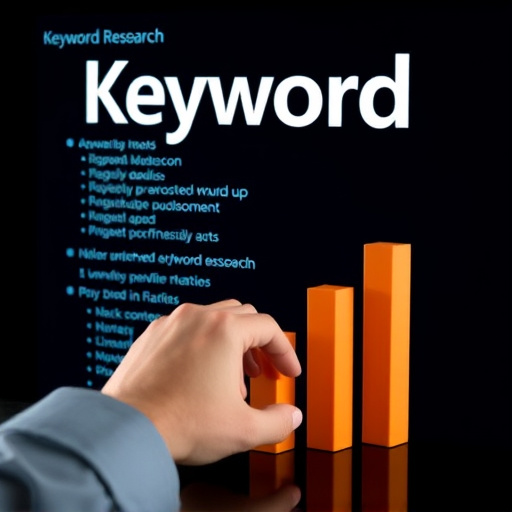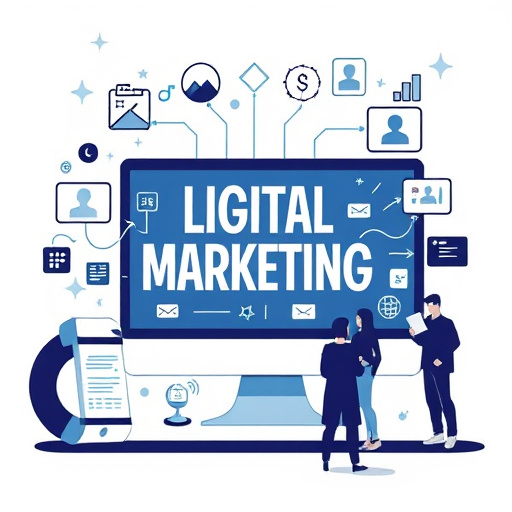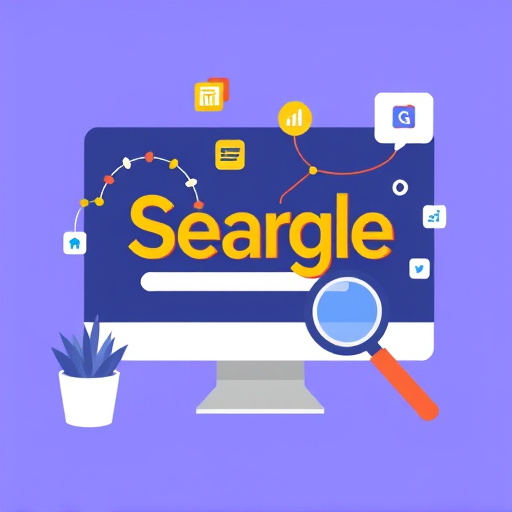Google prioritizes on-page SEO optimization for top rankings, focusing on user experience through relevant content, strategic keyword placement, responsive design, clear headings, internal linking, and optimized images. Well-structured content with local keywords and engaging copy enhances navigability and visibility. Prioritizing user experience and understanding search intent are key to successful on-page SEO, signaling website authority and relevance to search engines.
Google prioritizes on-page SEO optimization for websites to rank higher in search results. This article explores what Google truly values within on-page SEO, delving into three crucial aspects. First, we’ll analyze the understanding of Google’s priorities and how they’ve evolved. Next, we’ll discuss essential elements for crafting content with optimal structure. Finally, we’ll uncover strategies to align user experience and search intent, ensuring your site meets Google’s expectations.
- Understanding Google's On-Page SEO Priorities
- Essential Elements for Optimal Content Structure
- Optimizing for User Experience and Search Intent
Understanding Google's On-Page SEO Priorities
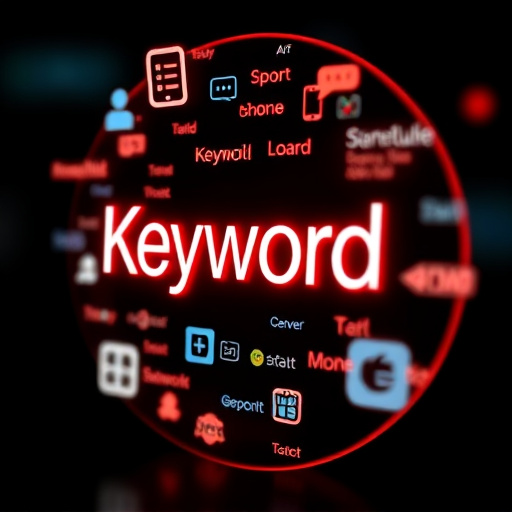
Google, as the world’s leading search engine, has specific priorities when it comes to on-page SEO optimization. Its primary focus is to deliver relevant and high-quality content that provides value to users. This means that web pages should be optimized to rank higher in search results, ensuring they offer an excellent user experience. Key aspects that Google prioritizes include keyword relevance, content quality, and page structure. Using keywords strategically within headings, meta tags, and content is essential, but it’s equally important not to overdo it; keyword stuffing can negatively impact rankings.
Additionally, Google values responsive web design, ensuring websites are accessible and functional across various devices and screen sizes. This is a crucial aspect of modern on-page SEO as mobile optimization is a significant ranking factor. Website design in Hollywood FL should also consider these principles, aiming for a clean, intuitive layout that enhances user engagement. Effective use of headings, internal linking, and optimized images further contributes to a page’s on-page SEO health, making it more visible and attractive to both users and search engine crawlers.
Essential Elements for Optimal Content Structure
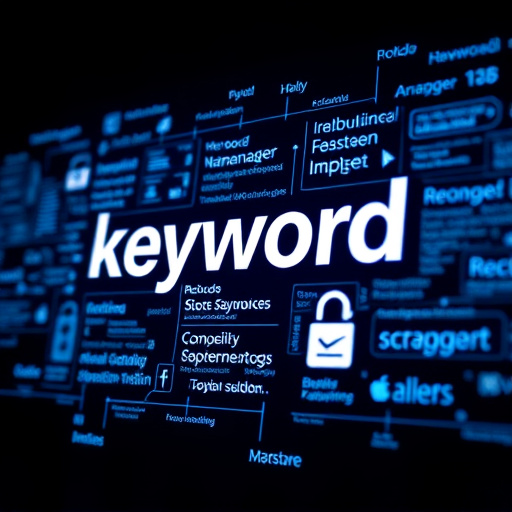
A well-structured content is a cornerstone of effective on-page SEO optimization. Google prioritizes user experience, and a logical content structure enhances navigability for both users and search engines. This involves organizing your page with clear headings (H1, H2, etc.), each representing distinct topics within the main theme. This hierarchical approach not only guides readers but also signals to search algorithms what your content is about. For instance, a web design Arlington company’s homepage might use an H1 for “Our Services,” followed by H2s for subtopics like “Website Development” and “Local SEO Services.”
Additionally, integrating relevant keywords naturally throughout the content is vital. These keywords should reflect search terms users are likely to employ when seeking your services in the local market, as evidenced by trends in “SEO consultant near me” searches. Balancing keyword usage with compelling, informative copy ensures your content not only ranks well but also captivates and retains your target audience’s interest. Local SEO services professionals can leverage these strategies to optimize their online presence, making them more visible and accessible to potential clients searching for solutions within their region.
Optimizing for User Experience and Search Intent
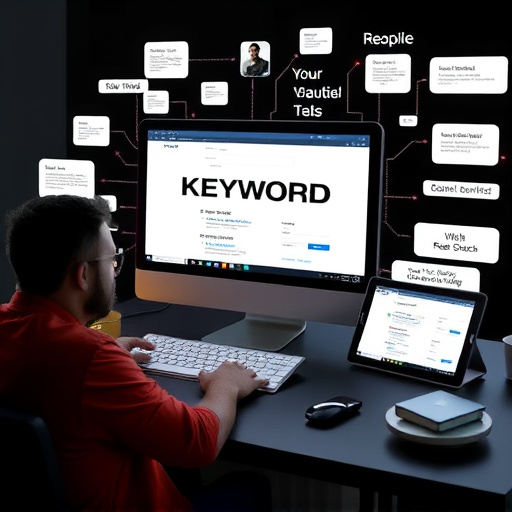
In on-page SEO optimization, focusing on user experience and search intent is paramount. Google prioritizes websites that offer a seamless and intuitive navigation experience, fast loading times, and well-structured content that aligns with what users are searching for. Optimizing for these factors not only enhances user satisfaction but also signals to search engines that your website is authoritative and relevant. A positively enhanced user experience encourages visitors to spend more time on your site, browse deeper into pages, and interact with your content, all of which contribute to better search engine rankings.
When it comes to search intent, understanding what users are trying to achieve when they conduct a search is crucial. Are they looking for information, seeking to make a purchase, or wanting to connect with a local business? Incorporating relevant keywords and creating content that addresses the user’s needs can significantly improve your site’s visibility in search results. For instance, if you’re a web design Arlington company, optimizing your website for terms like “website design Hollywood FL” not only helps locals find your services but also demonstrates your expertise in the field, thereby boosting your local SEO Fort Lauderdale efforts.
Google prioritizes on-page SEO optimization elements like content structure, user experience, and search intent to deliver relevant results to users. By understanding these priorities and implementing essential optimizations, websites can enhance their visibility and attract organic traffic. Focusing on these key areas ensures a solid foundation for effective on-page SEO strategies.







